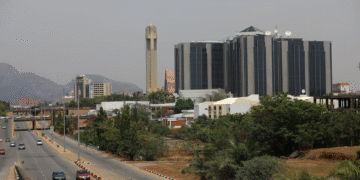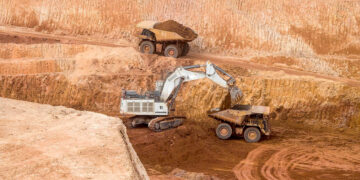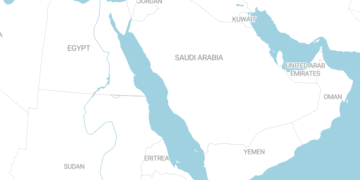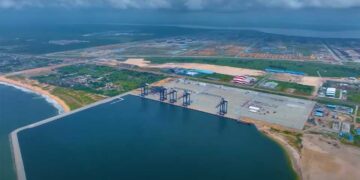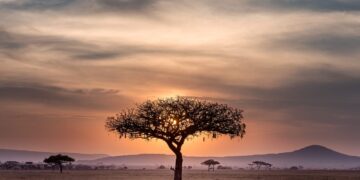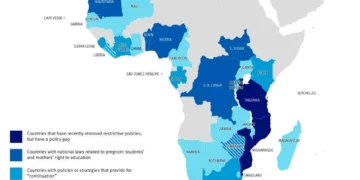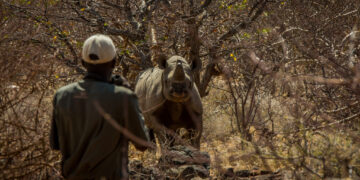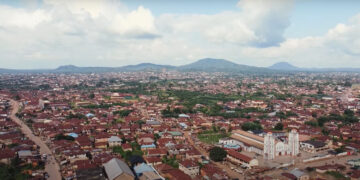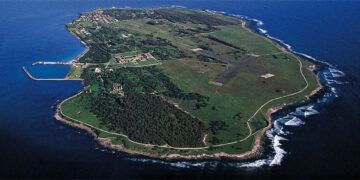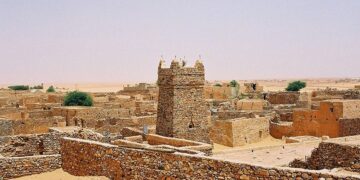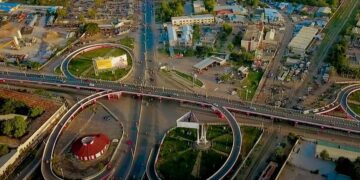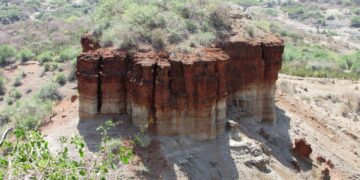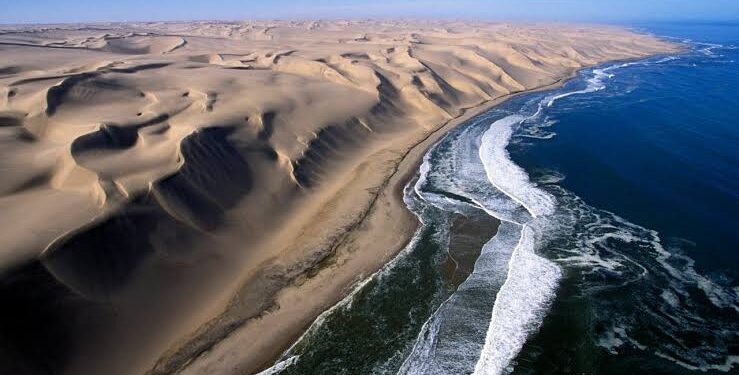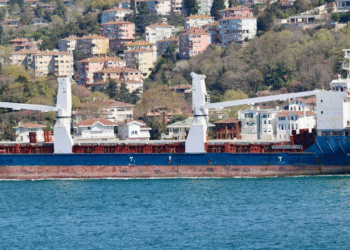The Namib Sand Sea stretches along the Atlantic coast of Namibia, representing one of the most stunning natural landscapes on Earth. This vast expanse of sand dunes, covering an area of over three million hectares, is not just a desert in the traditional sense; it is a unique and complex ecosystem, shaped over millions of years by the interaction of geological and climatic forces. It is the world’s only coastal desert with extensive dune fields influenced by fog and home to some of the oldest and highest mobile sand dunes, earning it UNESCO World Heritage status in 2013.
The origin of the Namib Sand Sea can be traced back to geological processes that began tens of millions of years ago. It is believed that the arid conditions in this region have persisted in one form or another for at least 55 million years, making the Namib Desert the oldest desert in the world. The sands that make up this vast sea have a longer story. They began their journey from the rocks of the African interior, specifically the Drakensberg Mountains in South Africa and Lesotho.
Over thousands of years, erosion has eroded these rocks, and rivers, most notably the Orange River, have carried the mineral-rich sediments over 1,600 kilometers, emptying them into the Atlantic Ocean. Where the river meets the ocean, the cold and powerful Benguela Current, flowing from the Antarctic, transports this sand, distributing it northward along the Namibian coast. The prevailing southwesterly winds, which blow strongly and steadily from the ocean toward the land, then pick up this sand from the shore and deposit it inland, slowly forming the massive dune fields we see today.
This process, which has been ongoing for thousands of years, is responsible for the dynamic nature of the Sand Sea. The dunes are in constant motion, constantly changing their shapes and positions in response to wind patterns. The distinctive red or rusty orange color of dunes is due to a thin layer of iron oxide that coats the quartz sand grains. The darker the color of the dune, the older it is, as oxidation increases with age.
The Namib Sand Sea contains a stunning variety of dune shapes, reflecting the complexity of local wind patterns. The region can be divided into two main dune fields: the ancient, semi-stationary dunes in the east, which formed during earlier climatic periods and are now covered with sparse vegetation that helps stabilize them; and the younger, active dunes in the west, which is the most dynamic area, where the dunes are constantly in motion.
The most notable dune types found in the Namib Sea are the barchans, crescent-shaped dunes formed by winds blowing from a single direction. Another type is the linear dunes, which are long, straight sand ridges that extend for distances of up to tens of kilometers and are formed by strong winds blowing from two converging directions.
There are also star dunes, which are the most complex and impressive forms. These massive pyramidal dunes with sharp peaks and multiple arms form in areas where winds blow from multiple directions. The Namib Sand Sea is home to some of the largest and most famous star dunes in the world, such as Dune 7, which, at over 380 meters, is one of the tallest sand dunes ever recorded.
Within this sand sea are some of Namibia’s most iconic landmarks, such as Sossusvlei, a white mudflat surrounded by towering red dunes. After rare rainfall, this basin fills with water, creating a shallow turquoise lake that contrasts starkly with its desert surroundings. Nearby is Deadvlei, another basin that dried up centuries ago. The cracked ground is dotted with the blackened skeletons of acacia trees that died over 900 years ago but were not destroyed by the extreme drought. These trees stand as charred natural sculptures against the white and red background.
The climate of the Namib Sand Sea is characterized by fog, a unique phenomenon that defines life there. This dense coastal fog results from the convergence of warm, dry air from the Sahara with cool, humid air carried over the cold Benguela Current in the Atlantic Ocean. This fog rolls inland up to 50 kilometers, providing the primary water source for most life forms in the desert.
In the almost total absence of rainfall (the annual average is less than 20 mm), fog has become a lifeline. Plants and animals in this region have evolved amazing adaptations to collect every drop of water possible from this fog.
Despite its harsh environment, the Namib Sand Sea supports a remarkable biodiversity, with many endemic species found nowhere else in the world. The Namib fog beetle (Stenocara gracilipes) has evolved a unique behavior known as “fog harvesting.” Early in the morning, she climbs to the top of the dune, facing the humid wind, lowering her head and raising her rump. Fog condenses on her back, which has small hydrophilic bumps and hydrophobic grooves, and water droplets collect and roll directly into her mouth.
Spiders and reptiles have also evolved innovative ways of moving on the hot sand, such as the webbed-footed lizard’s “dance” to minimize contact with the scorching surface or the dune gecko’s ability to lick the moisture condensing from its large eyes. Also, roaming the less harsh parts of the Sand Sea are herds of oryx and gazelle, which have evolved physiological capabilities to withstand high temperatures and drought. They can raise their body temperatures to reduce water loss.
Plants: Even plant life has adapted amazingly. The Welwitschia mirabilis, which can live for over 1,500 years, has only two continuously growing leaves throughout its lifespan and is capable of absorbing moisture from fog directly through the pores of its leaves.
The uniqueness of the Namib Sand Sea—its age, geology, and fog-dependent ecosystem—has led UNESCO to recognize it as a World Heritage Site. The site represents a prime example of the ongoing ecological and biological processes that underlie the evolution of coastal desert ecosystems.






